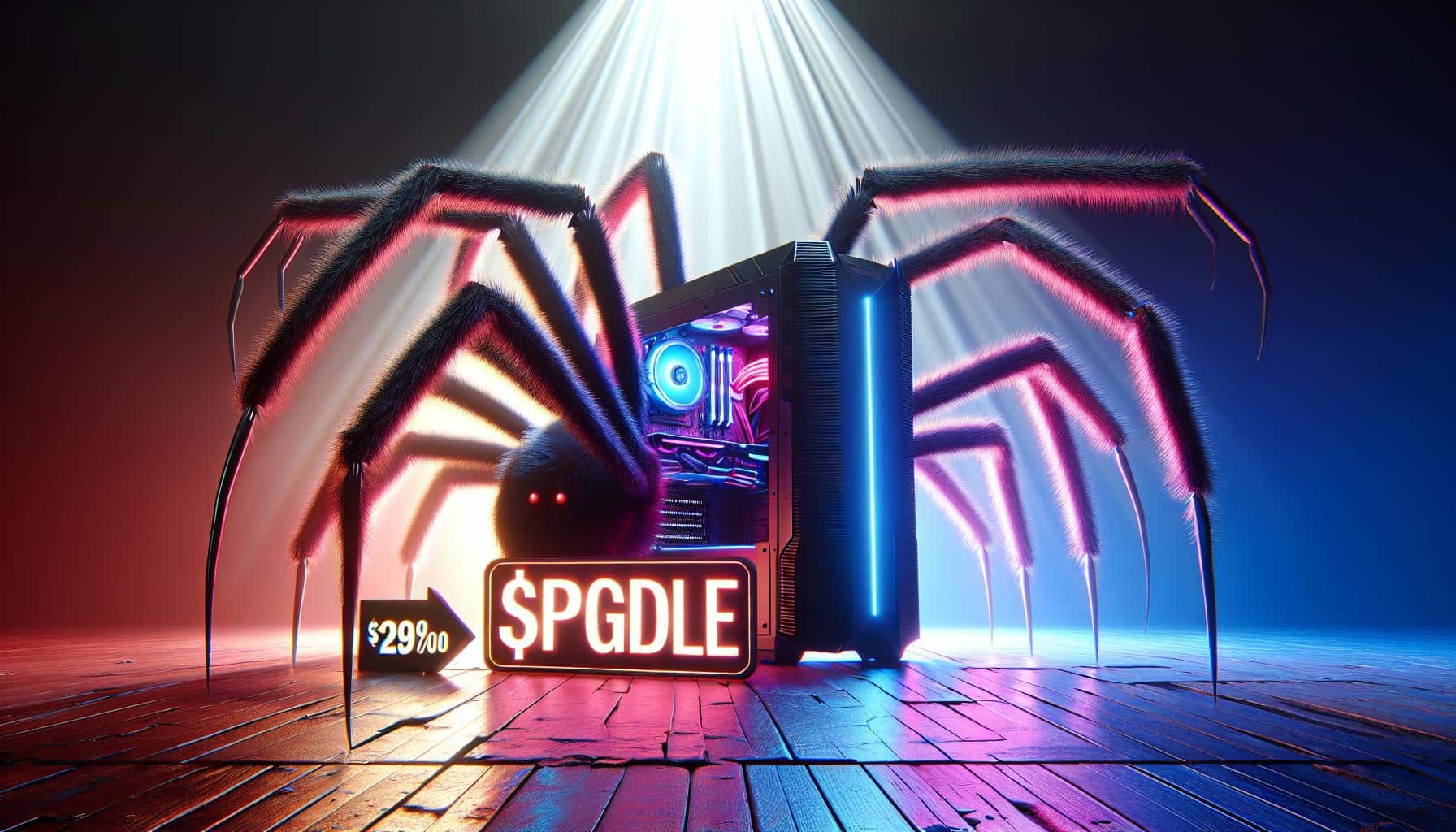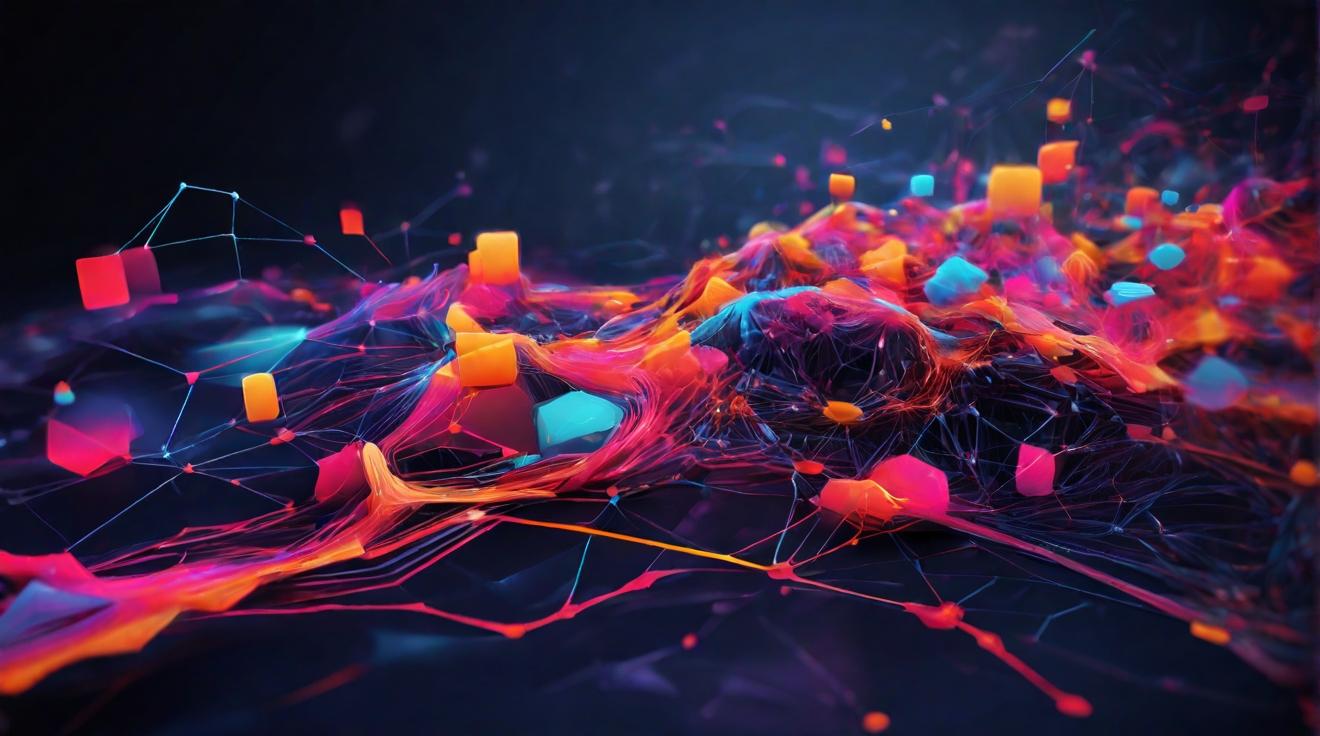OpenAI's Ambitious Leap with 'Strawberry'
OpenAI is gearing up to launch its groundbreaking AI model, 'Strawberry,' in the fall. This new model is set to push the boundaries of current AI capabilities, solving problems and performing tasks that were previously out of reach.
Capabilities of 'Strawberry'
The 'Strawberry' AI model promises to perform complex tasks such as solving unfamiliar math problems, developing sophisticated market strategies, and conducting deep research. This signifies a leap in advanced reasoning capabilities that could transform various sectors.
Impact on Business and Industry
In business, AI models like Strawberry can revolutionize supply chain management, accurately forecast market trends, and personalize customer experiences on a massive scale. This not only increases efficiency but also enhances customer satisfaction by providing tailored solutions.
Recent Developments in ChatGPT
In July, OpenAI introduced an advanced voice feature for its ChatGPT platform utilizing the GPT-4o model. This feature enables users to engage in real-time, seamless conversations with ChatGPT, offering hyper-realistic audio and allowing interruptions during interactions.
SearchGPT and Other Innovations
OpenAI also launched SearchGPT on July 25, designed to deliver more concise and relevant search results compared to traditional search engines. It provides direct answers with source links, making information retrieval quicker and more efficient.
Introduction of GPT-4o Mini
Another notable development is the release of GPT-4o mini on July 19. This smaller, cost-effective version of ChatGPT surpasses previous models like GPT-3.5 Turbo in academic benchmarks and supports a wide range of languages. It excels in function calling, a feature that allows developers to build applications that interact with external systems more effectively.
Conclusion
OpenAI's advancements with models like 'Strawberry' and tools such as SearchGPT and GPT-4o mini highlight the company's focus on enhancing AI's impact across various fields. As these technologies evolve, they hold the potential to redefine how we interact with machines, offering smarter solutions and innovative applications.













